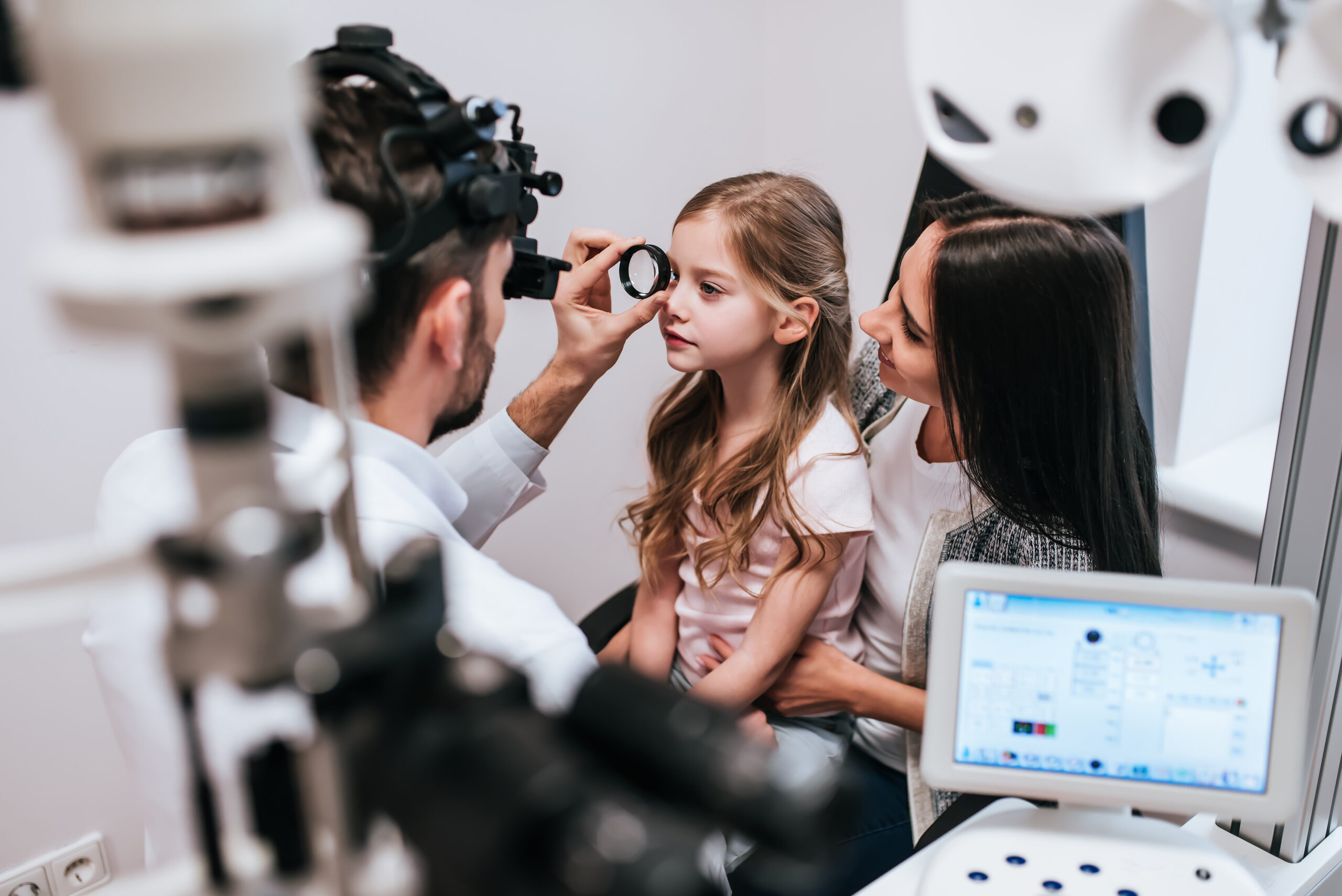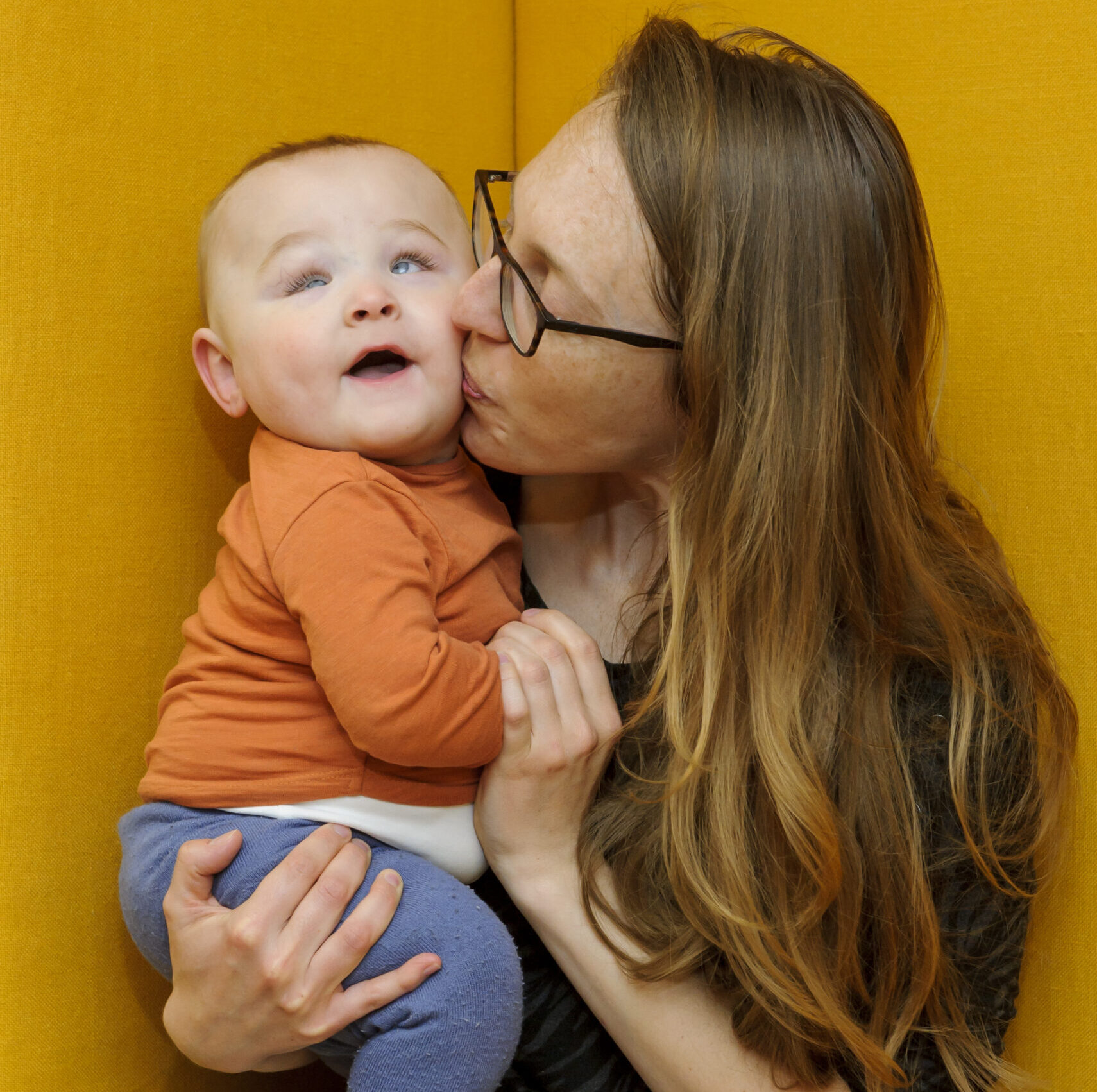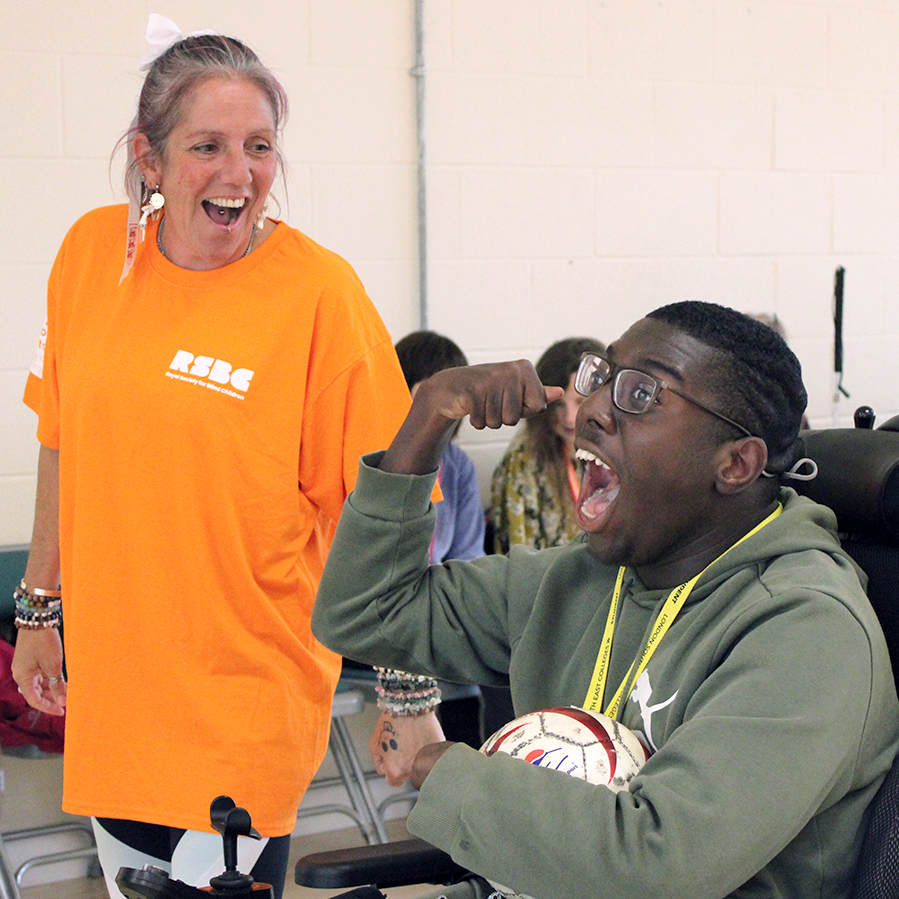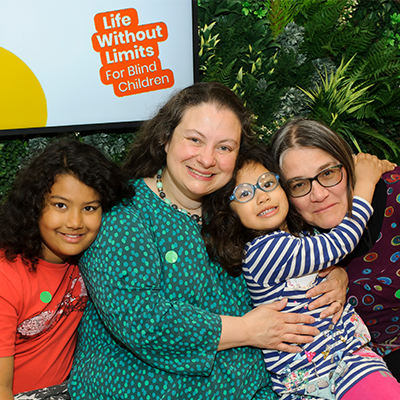Our history
On 1st January 2017, the Royal London Society for Blind People (RLSB, charity number 307892) merged with the Royal Society for Blind Children (RSBC, formerly the Royal Blind Society for the UK). While the charity number remained the same, the organisation adopted the name RSBC. The charity operates across England & Wales and its vision is that “Every blind child and their family will have the skills and confidence to live their life without limits”.
For almost two centuries before joining together, both charities worked with blind and partially sighted people to live a life beyond vision impairment. Find out more about their respective journeys, from their foundation to where they are today.
History of RLSB (1838 – 2016)
The Royal London Society for Blind People (RLSB) started its journey on 12 January 1838, when Thomas Lucas established The London Society for Teaching the Blind to Read in the city of London. He introduced his own form of embossed type – Lucas Type – which, over time, was replaced in the Society by Braille.
Over the years, the Society’s school slowly expanded, moving to locations across London before heading to Aylesbury during World War II and, eventually, to Seal in Kent. To help vision impaired adults gain employment, RLSB also ran a homeworkers scheme and workshops through the 1900s so that they could learn a trade and find work.
From then on, RLSB continued to evolve and expand to meet the needs of vision impaired young people, attracting the support of generous volunteers and donors, including the Royal family, playwright J. B. Priestley, actor Lawrence Olivier, and even Charlie Chaplin. RLSB’s alumni include Paralympians, writers, musicians and successful business people.
A college and nursery were later established in Seal, alongside the school, enabling RLSB to support more children and young people. The Society also introduced new community-based services to engage young people in social and peer groups and offered employability support. In 2011, the Society published a new strategy, Stepping Up, with a renewed focus on working with blind and partially sighted children and young people.
History of Royal Blind Society for the UK, subsequently the Royal Society for Blind Children (1884 – 2016)
The charity began over 150 years ago, when Thomas Pocock created The Protestant Blind Society, a charity to make small grants to blind and partially sighted people who were in dire straits. It also continued to make small grants to those in need right up to the 1960s.
In 1884, the charity was renamed The Blind Pension Society, and three years later, in her Golden Jubilee Year, Queen Victoria became patron of the Society and the charity became The Royal Blind Pension Society.
As the role of the charity developed, it began to provide specialist holidays, running over 19,000 of them for blind and partially sighted people until 2014.
In 2000, the charity’s name changed again, this time to the Royal Blind Society for the UK, which reflected the wider scope of its work. A subsequent merger with the Eyeless Trust in 2013 saw the charity develop a new focus on supporting vision impaired children and their families, through a national Family Support Service. Reflecting this change, the charity changed its name for the final time in 2015, becoming the Royal Society for Blind Children (RSBC).
Our charity has been honoured to have had a Royal Patron since 1887, when Queen Victoria became Patron in her Golden Jubilee year. Her Majesty Queen Elizabeth II was the RSBC’s Royal Patron for many years, and recently His Majesty King Charles III took on the patronage.



